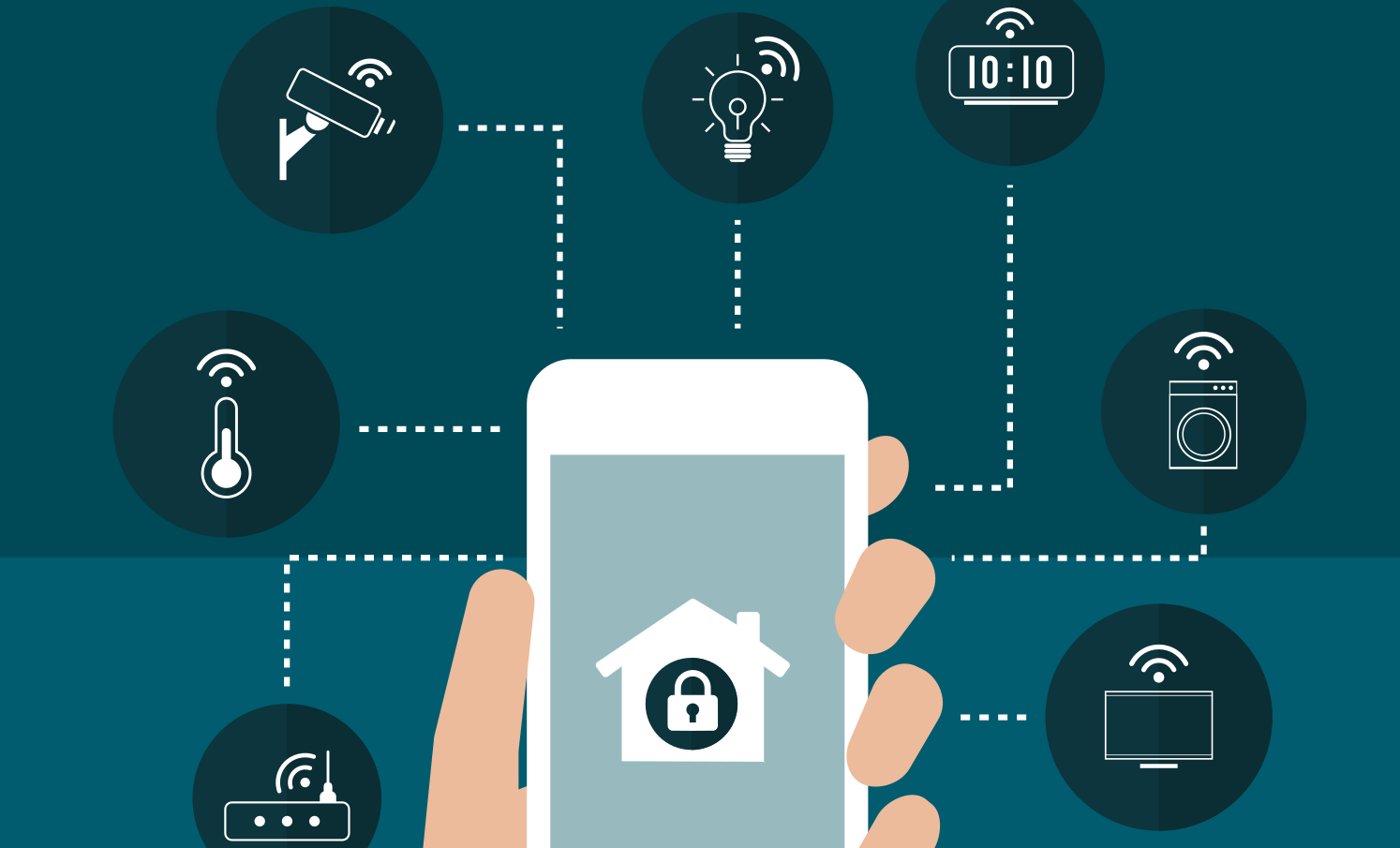Introduction: Is Your Digital Door Wide Open?
Imagine leaving your front door wide open all night. Strangers could walk in, steal your valuables, snoop through your belongings, or even take control of your home—without you even knowing. Sounds terrifying, right?Now, think about your smartphone, laptop, WiFi, and smart home devices. If they’re not secured properly, they’re just like that unlocked front door—inviting hackers, cybercriminals, and even nosy companies to invade your privacy, steal your data, and cause serious damage.But here’s the good news: you don’t need to be a cybersecurity expert to protect yourself. With just a few simple steps, you can lock down your devices, secure your home network, and keep hackers out—just like putting strong locks on your doors.In this guide, you’ll learn:
🔹 How to make your smartphone hack-proof in just 5 minutes
🔹 Why your home WiFi is vulnerable—and how to fix it
🔹 Simple, practical steps to keep your personal data safeWhether you’re a tech newbie or a gadget lover, this guide will break everything down in plain, simple language—no confusing jargon, no boring lectures. Just practical, easy-to-follow tips to keep your digital life safe and secure.
🔐 Let’s lock the digital doors and keep the hackers out—starting now! 🚀
WiFi Security: Why Your Home Network is Vulnerable & How to Fix ItIntroduction: Your WiFi is a Target for Hackers
Did you know hackers can break into your home WiFi and steal your personal data, hack your devices, and even spy on you? Many home networks are easy targets because people use weak passwords, outdated settings, or don’t know how to secure them.But don’t worry! In this guide, you’ll learn why your home WiFi is vulnerable and how to fix it in minutes.
Why is Your Home WiFi Vulnerable?
🚨 1. Weak Passwords
Many people never change the default WiFi password or use something easy like “password123”. Hackers use brute-force attacks to guess passwords and break in.🚨 2. Default Router Settings
Most people never change their router’s settings, making them vulnerable to attacks. Many routers still use the default admin username and password, which can be found online.🚨 3. Outdated Router Firmware
Just like phones and computers, routers need updates to fix security holes. Many people never update their router, making it an easy target.🚨 4. Unprotected Devices
Smart home devices (cameras, smart TVs, speakers) are often insecure. If a hacker gets into your WiFi, they can take control of your smart devices.🚨 5. Open or Public WiFi Networks
If your WiFi doesn’t have a password, anyone can connect—including hackers who can launch attacks on your network.
How to Secure Your Home WiFi (Step-by-Step)Step 1: Change Your WiFi Password
✅ How to Do It:
📌 Log into your router (Usually at 192.168.1.1 in your browser or check the back of your router for your login IP)
📌 Go to WiFi settings and change the password
📌 Use a strong password: At least 12 characters, mix of letters, numbers, and symbols🚀 Quick Tip: Don’t use personal details (name, address, birthday) in your password!
Step 2: Change Your Router’s Default Login Info
Most routers have a default username (admin) and password (admin)—hackers can easily guess this.✅ How to Change It:
📌 Log into your router
📌 Go to Admin Settings
📌 Change the default username & password🚀 Quick Tip: Use a strong, unique password for your router settings!
Step 3: Update Your Router Firmware
Routers need updates to fix security flaws. Many people never update them, leaving their network vulnerable.✅ How to Update Your Router:
📌 Log into your router
📌 Look for Firmware Update or Software Update
📌 Install the latest version🚀 Quick Tip: Enable auto-updates if available!
Step 4: Turn Off Remote Management & WPS
Remote management lets hackers control your router from anywhere. WPS (WiFi Protected Setup) has security flaws that hackers exploit.✅ How to Disable It:
📌 Log into your router
📌 Find Remote Management and WPS settings
📌 Turn them OFF
Step 5: Set Up a Guest Network for Visitors & Smart Devices
If friends, family, or smart devices connect to your main WiFi, they could be an entry point for hackers.✅ How to Set Up a Guest Network:
📌 Log into your router
📌 Create a separate network for guests and smart devices
📌 Set a different password for it🎭 Example: If a visitor has a virus-infected phone, it won’t spread to your main devices if they’re on the guest network!
Final Thoughts: Protect Your Digital Home
A secure home network means hackers can’t steal your data, spy on your devices, or control your smart home. Follow these simple steps to lock down your WiFi and keep your family safe!👥 Share this guide with others—everyone deserves a secure home network! 🚀

